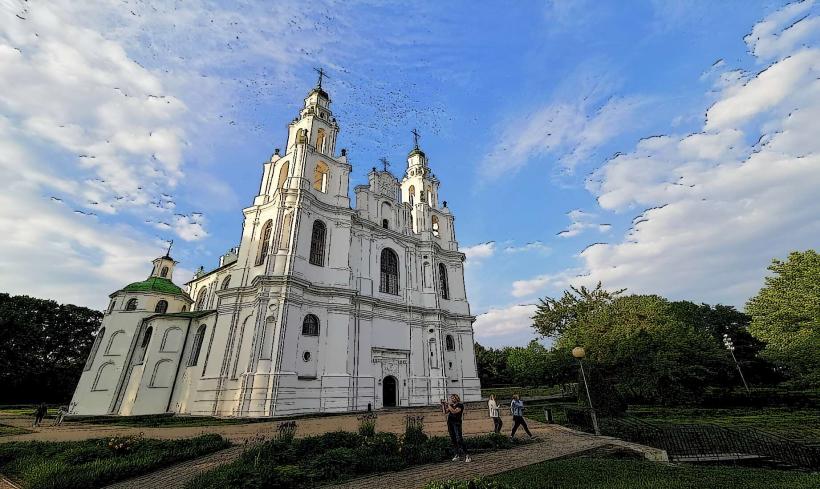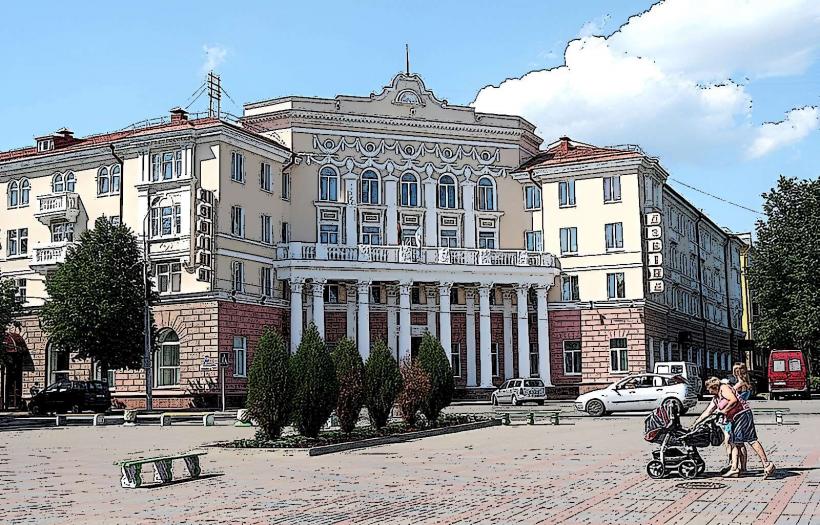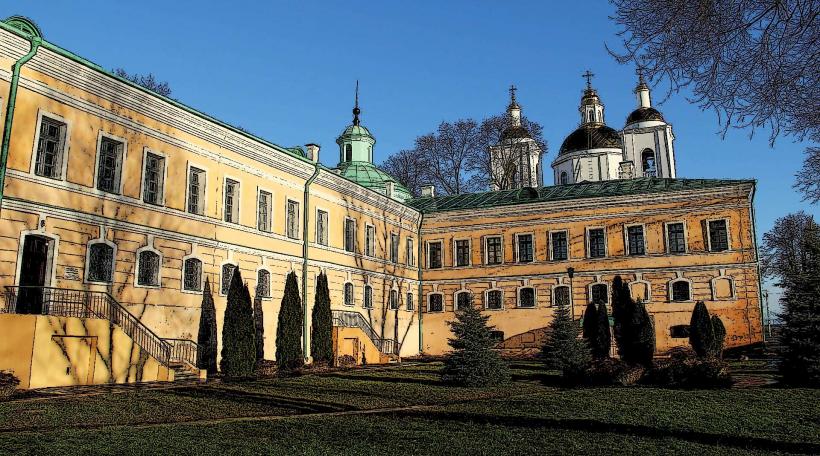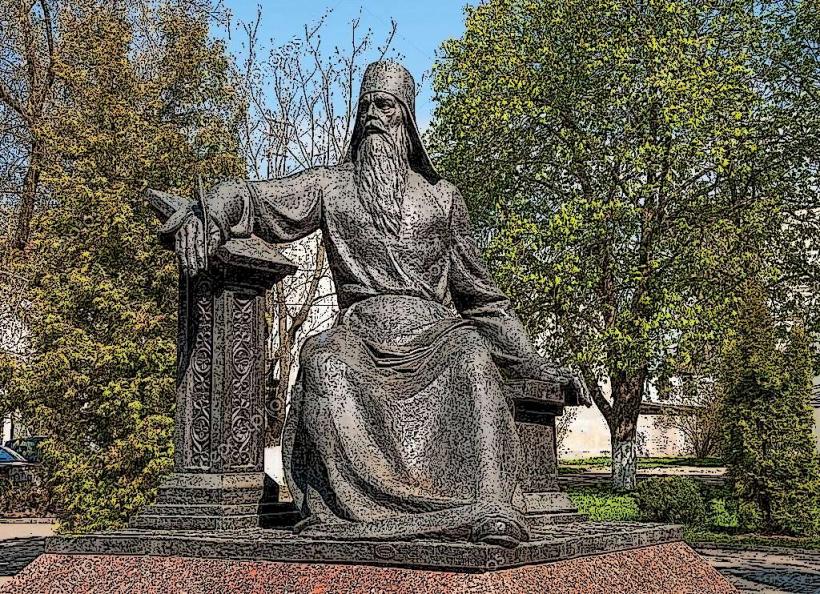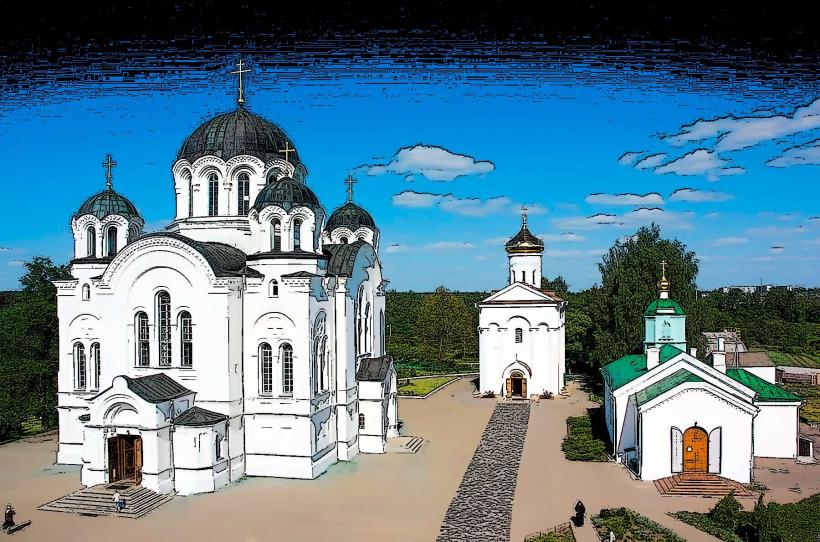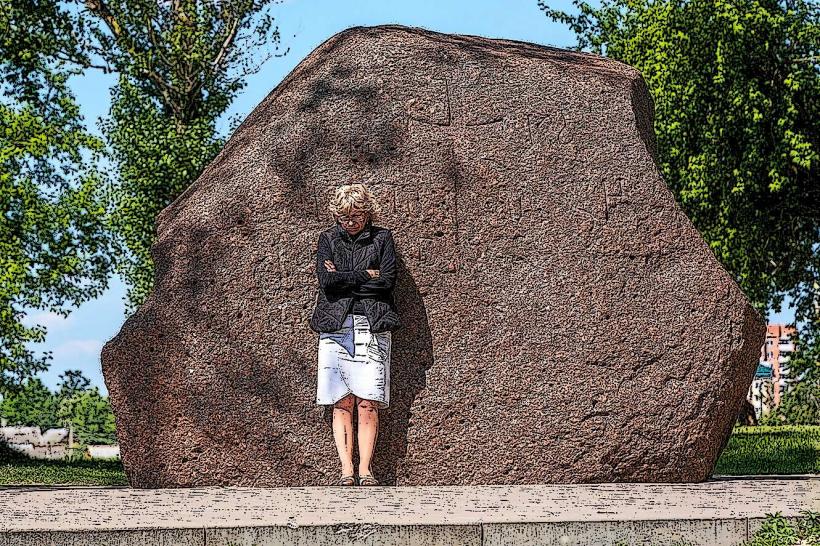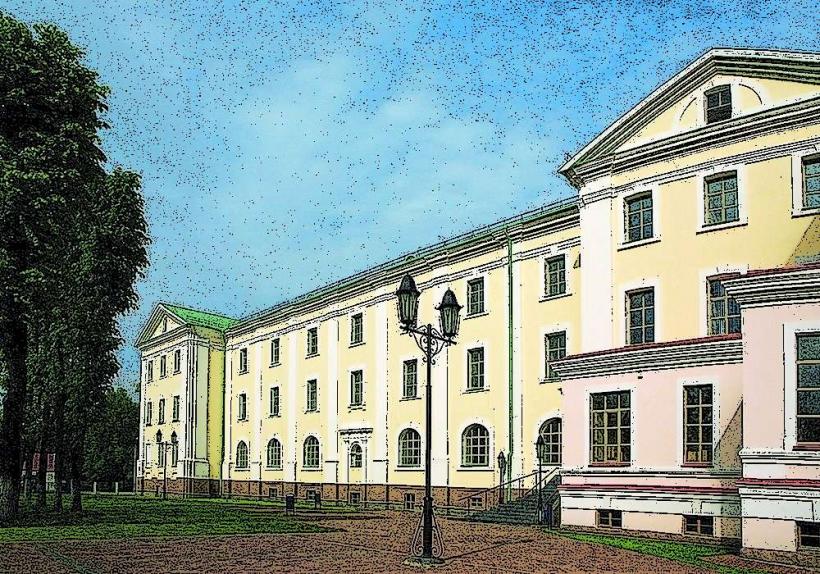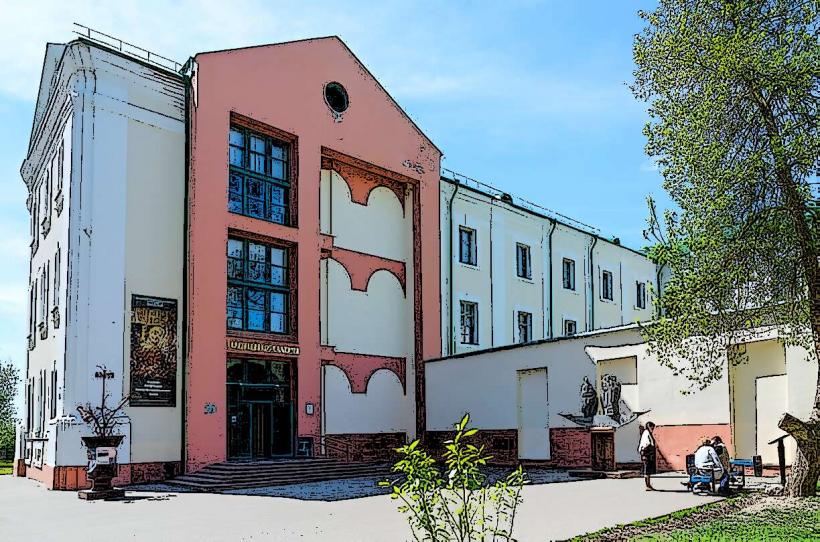Information
Landmark: Local History MuseumCity: Polotsk
Country: Belarus
Continent: Europe
The Local History Museum in Polotsk, Belarus, is an important cultural and historical institution dedicated to preserving and showcasing the rich heritage of the city and the surrounding region. The museum offers visitors a comprehensive overview of the history, culture, and traditions of Polotsk, which is one of the oldest cities in Belarus and has a long and fascinating history that spans centuries.
1. Historical Background:
Polotsk is a city with a deep and rich history, dating back to at least the 9th century, when it was an important center in the Kievan Rus'. Over the centuries, it became a part of various states, including the Grand Duchy of Lithuania, and played a crucial role in the development of Eastern European culture, religion, and politics.
- Founding of the Museum: The Local History Museum in Polotsk was established to preserve and present this historical legacy. It serves as a space where both locals and visitors can explore the fascinating history of the city and its role in Belarusian and Eastern European history. The museum also aims to educate the public about the region’s cultural, social, and economic development over the ages.
2. Museum Collections and Exhibits:
The museum’s collections focus on the history and culture of Polotsk, reflecting various aspects of life in the region over the centuries. The exhibits cover a wide range of topics, from ancient history to modern times, and include artifacts, documents, and objects that help tell the story of the city and its people.
Main Themes of the Collections:
Early History and Archaeology: The museum holds significant archaeological artifacts that date back to the medieval period. These include items from the Kievan Rus' era, when Polotsk was a key center in the East Slavic world. Artifacts from Viking, Byzantine, and early medieval periods help illustrate the city’s historical role as a hub for trade, culture, and religion.
Polotsk’s Role in the Grand Duchy of Lithuania: Polotsk played a significant role in the Grand Duchy of Lithuania, one of the most powerful states in Europe during the Middle Ages. The museum highlights this period with exhibits on the city’s political, social, and cultural life under Lithuanian rule. It showcases objects related to the Lithuanian nobility, military history, and the cultural exchanges that took place within this multicultural state.
Religious History: Polotsk has a strong religious tradition, particularly in the Orthodox Christian and Catholic faiths. The museum houses a collection of religious artifacts, including icons, liturgical objects, and church furnishings from the city’s churches, such as the Saint Sophia Cathedral. These pieces reflect the city’s role as a major center of Christianity in the region.
The Cossack Period and the Polish-Lithuanian Commonwealth: The museum also explores the period of Cossack influence and the city’s role in the Polish-Lithuanian Commonwealth. This era was marked by conflicts, including wars with neighboring states, and the museum exhibits military items, documents, and personal effects related to this turbulent period in history.
Industrialization and Modern Times: The museum’s collections extend to the 19th and 20th centuries, focusing on the industrial and economic development of Polotsk. Exhibits on transportation, craftsmanship, and daily life in the city offer a window into the challenges and achievements of the region during the periods of Russian Empire and Soviet rule.
Local Art and Culture: The museum also features exhibits dedicated to local artists and the cultural traditions of Polotsk. This includes paintings, folk art, crafts, and traditional costumes that reflect the cultural diversity of the region and its artistic heritage.
3. Notable Exhibits:
The Local History Museum in Polotsk is home to several notable exhibits that highlight key moments in the city’s history.
Polotsk’s Role in the Birth of Belarusian National Identity: The museum showcases the important role Polotsk played in the development of Belarusian national consciousness. It features documents, maps, and historical artifacts that help tell the story of how the city contributed to the rise of Belarusian culture and identity.
Polotsk in the 20th Century: The museum’s exhibits also delve into the 20th century, including the impact of World War I, World War II, and the Soviet era. It includes wartime artifacts, photographs, and stories about the city's reconstruction and transformation during the Soviet period.
Belarusian Independence: The museum touches upon the modern history of Belarus and Polotsk’s role in the country’s struggle for independence. Exhibits highlight the city’s participation in key national events, including the Belarusian independence movement.
4. Educational and Cultural Role:
The Local History Museum serves not only as a space for viewing historical artifacts but also as an educational institution for locals and visitors alike.
Educational Programs: The museum offers educational tours and workshops for both students and the general public. These programs are designed to teach visitors about the rich history of Polotsk and the broader Belarusian context, helping people understand their cultural heritage and historical roots.
Cultural Events: The museum regularly organizes cultural events such as lectures, performances, and temporary exhibitions that celebrate the art, music, and literature of the region. These events help to foster a deeper connection with the city's rich heritage and promote cultural awareness among visitors.
Preservation of Local Traditions: The museum works to preserve local traditions, both through its exhibits and by promoting awareness of folk arts such as handicrafts, song, and dance. It provides an important platform for local artisans and cultural groups to showcase their work.
5. Architectural Significance:
The Local History Museum is housed in a historic building that itself adds to the cultural significance of the institution. The building is carefully restored to reflect its historical context, and its architectural features blend well with the rich history of Polotsk.
- Historical Building: The museum is housed in a building that is part of Polotsk’s architectural heritage. It reflects the city’s historical significance as a center of trade, religion, and culture. The building may include classical and neoclassical elements typical of Belarusian architecture, along with features that highlight the city's architectural evolution over the centuries.
6. Visitor Experience:
The Local History Museum provides a comprehensive and engaging visitor experience. It offers a range of educational materials and guides, ensuring that visitors from all backgrounds can fully appreciate the exhibits.
Interactive Exhibits: The museum features a range of interactive displays that help bring the history of Polotsk to life, including multimedia presentations, reconstructed scenes, and hands-on activities for younger visitors.
Visitor Services: The museum is equipped with visitor-friendly facilities, including gift shops, cafes, and spaces for temporary exhibitions. It also offers guided tours in multiple languages, making it accessible to international visitors.
Conclusion:
The Local History Museum in Polotsk is an essential cultural and educational institution that showcases the rich history of the city and the Polotsk region. Through its diverse collections and exhibits, it offers visitors a deep understanding of the city’s historical role in Eastern Europe, the development of Belarusian culture, and its religious, political, and economic significance. The museum continues to play a key role in preserving and celebrating the cultural heritage of Polotsk and remains a must-visit site for anyone interested in the region’s history.

